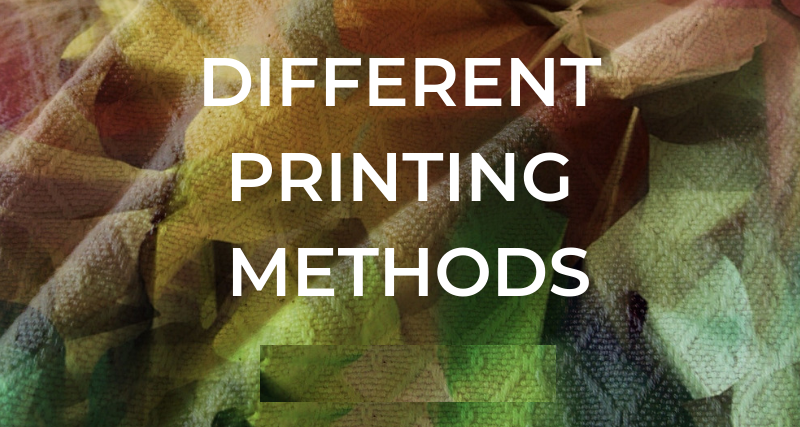
Popular Printing Methods
Letterpress
Otherwise called typographic printing, letterpress traces all the way back to Johannes Gutenburg's fifteenth century development of the print machine. While the cycle, which includes hard-squeezing an inked surface with raised letters and pictures onto a substrate (printing surface), is one of the most seasoned accessible, it actually stays noticeable inside the printing business.
Two sorts of letterpress machines are the most widely recognized these days. As far as one might be concerned, flatbed chamber presses, on which the substrate is put on a generally even surface while a spinning chamber applies strain and makes the print, are eminent for working gradually and finishing out at 5,000 impressions each hour.
Gravure
Gravure printing is basically something contrary to letterpress. The plan to be printed is carved rather than raised on a metallic expert. The person "cells" that are made contain the ink. More profound cells bring about more obscure tones.
Gravure will in general be a greater amount of a costly cycle comparative with flexography and the most appropriate for longer runs. Like flexography, gravure is normal for bundling position inside the bundling. However, chambers last fundamentally longer. That is one of a few advantages, including steady, excellent outcomes accomplished with quick drying ink that matches the high velocity process itself.
Flexography
Basically a branch-off of letterpress, flexography is a type of alleviation printing that has some expertise in names on jars and boxes. Squeezes run at high paces and are commonly exceptionally flexible, ready to print containers and names and on an assortment of substrates on a similar machine.
Plates, which structure the print data and move the ink to the substrate, are made of elastic, making the cycle a somewhat economical one utilized principally for short runs. The elastic plate folds over a chamber and gets ink that will at last be stored on the substrate. That's what the other side is, sadly, the plates are exceptionally delicate and should be supplanted frequently.
Screen
The screen printing process, as its name would propose, includes ink being constrained through texture (or screen) onto the picture region of the printing surface. Otherwise called permeable printing for clear reasons, it comes full circle in a wiper pushing the ink through, while a stencil, physically cut or made electronically, keeps the non-picture regions from getting shaded. The interaction is rehashed for each tone on another screen.
Offset
Offset is a planographic printing process. In this way, while letterpress picture regions are raised and gravure picture regions are recessed, they are on similar plane as the non-picture regions for offset. Here, picture and non-picture regions are artificially isolated.
The "offset" in the name alludes to the presence of a third chamber in the process close to the plate and impression ones. In this way, rather than the ink being straightforwardly applied from the expert for what it's worth with different techniques, an elastic cover fills in as a middle person between those chambers.
To print on the two sides you can hold on until the first has gotten done and the ink has dried prior to flipping the occupation over and restarting. You additionally have the choice of including a turning around chamber and afterward one more printing unit for each tone. Thus, eight altogether for four tones.
Computerized
Two sorts of advanced printing make up the overwhelming majority of the positions here: Inkjet and xerography. Inkjet printers actually shower the ink on the substrate in small specks that show up as strong tones from a far distance. Xerographic or laser printers depend on a charged inner chamber to draw in toner that gets moved to the substrate. While you could involve a laser printer for regular office work, enormous scope print shops use them also for an assortment of print occupations.
As computerized printing is all the more so the item and resulting focal point of innovative progression, it stands to acquire ground in the business. In 2017, computerized printing represented 16.2% of the worldwide print market. While lithography actually overwhelms (70%), advanced is up from 2.9% in 2012, showing potential for outstanding development pushing ahead.
Ribbon House is expertised in computer based modern printing technology. To know more about what you can get by connecting and getting top-notch Printing Company in UAE, visit Ribbon House Middle East LLC.
Date: 04 April 2022 Comments: 0